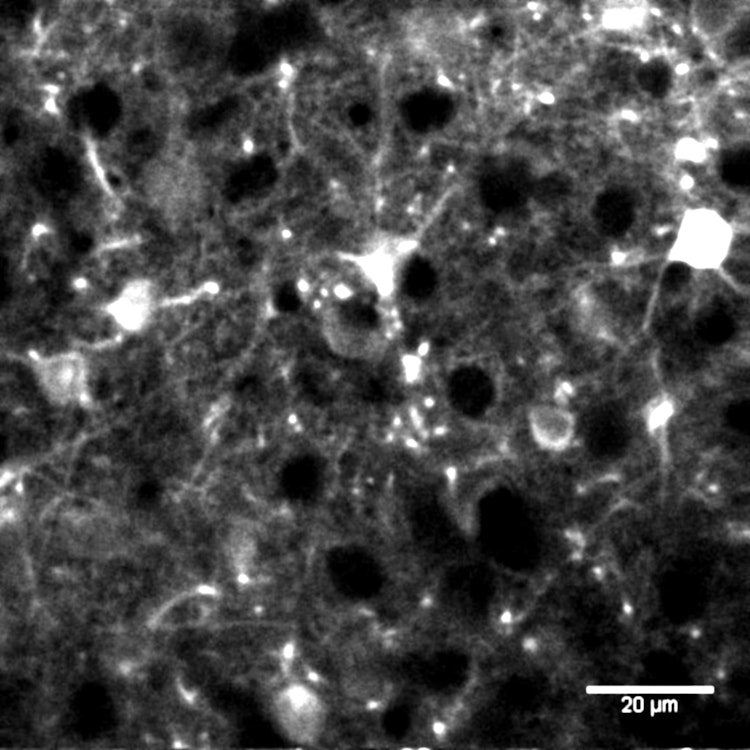
Non-Canonical Control of Neuronal Energy Status by the Na+ Pump
Neurons have limited intracellular energy stores but experience acute and unpredictable increases in energy demand. To better understand how these cells repeatedly transit from a resting to active state without undergoing metabolic stress, we monitored their early metabolic response to neurotransmission using ion-sensitive probes and FRET sensors in vitro and in vivo. A short theta burst triggered immediate Na+ entry, followed by a delayed stimulation of the Na+/K+ ATPase pump. Unexpectedly, cytosolic ATP and ADP levels were unperturbed across a wide range of physiological workloads, revealing strict flux coupling between the Na+ pump and mitochondria. Metabolic flux measurements revealed a ‘‘priming’’ phase of mitochondrial energization by pyruvate, whereas glucose consumption coincided with delayed Na+ pump stimulation. Experiments revealed that the Na+ pump plays a permissive role for mitochondrial ATP production and glycolysis. We conclude that neuronal energy homeostasis is not mediated by adenine nucleotides or by Ca2+, but by a mechanism commanded by the Na+ pump.
Download
baeza-lehnert_2019.pdfResearchers



